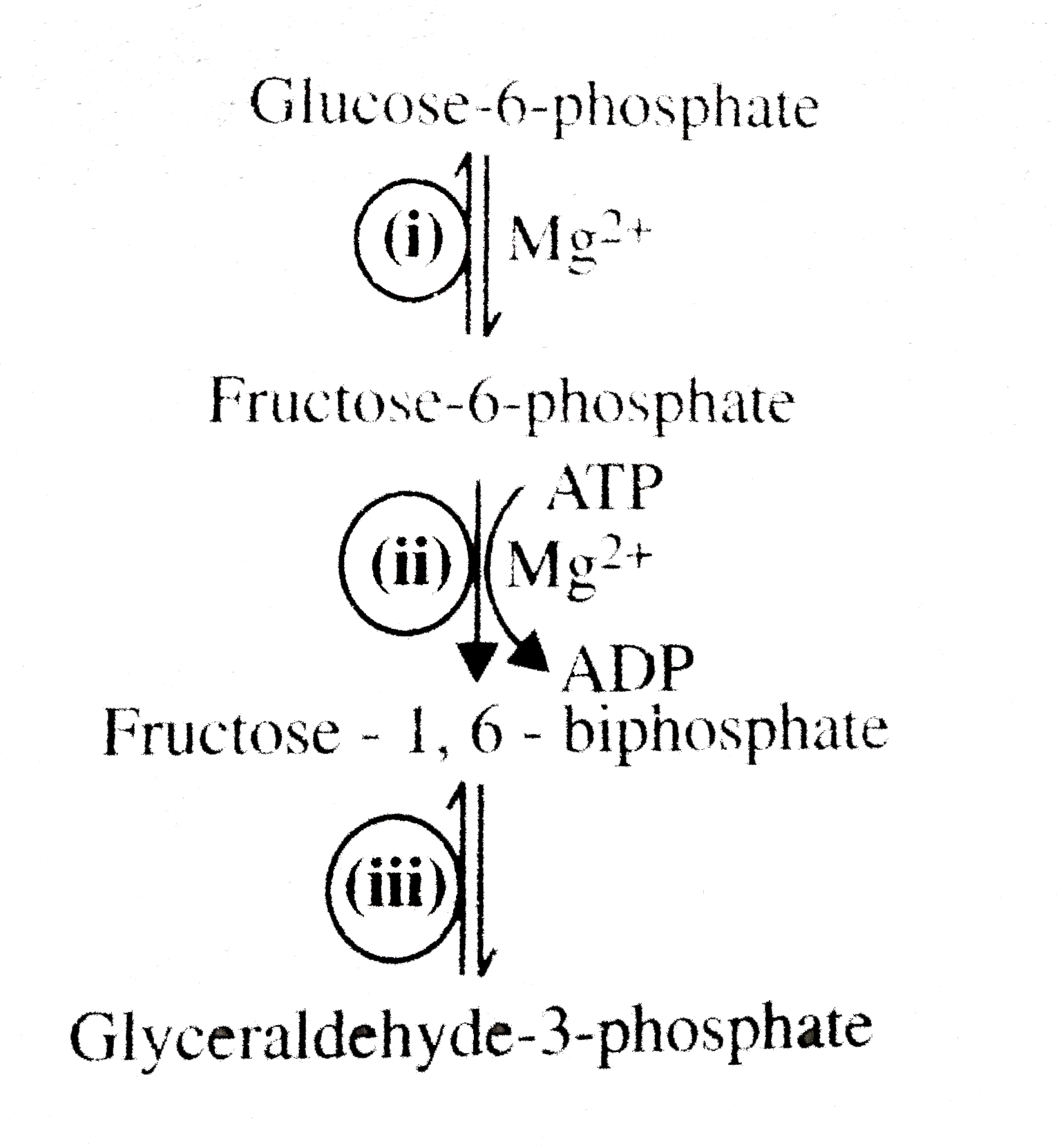First identified enzyme was
Protease
Lipase
Zymase
Urease
The correct Answer is:C
Step-by-Step Solution:
1. Understanding Enzymes: Enzymes are biological catalysts that speed up biochemical reactions in living organisms. They are crucial for various metabolic processes.
2. Identifying the First Enzyme: The question asks for the first identified enzyme. Among the options provided (protease, lipase, ximase, urease), we need to determine which one was identified first.
3. Historical Context: The first enzyme to be identified was ximase, which was discovered by the scientist Eduard Buchner in 1897. This discovery was significant in the field of biochemistry.
4. Isolation of Ximase: Buchner isolated ximase from yeast extract, which demonstrated that enzymes could function outside of living cells, marking a pivotal moment in the study of enzymes.
5. Conclusion: Based on this historical context, the correct answer to the question is that the first identified enzyme was ximase.
Final Answer: The first identified enzyme was ximase.
---
Topper's Solved these Questions
- BIOMOLECULESBOOK - AAKASH SERIESCHAPTER - BIOMOLECULESEXERCISE - EXERCISE - I (Chemical reactions)
4 Videos
- BIOMOLECULESBOOK - AAKASH SERIESCHAPTER - BIOMOLECULESEXERCISE - EXERCISE - I (Properties & Nature of enzyme Action)
11 Videos
- BIOMOLECULESBOOK - AAKASH SERIESCHAPTER - BIOMOLECULESEXERCISE - EXERCISE - III (Previous AIPMT/NEET Questions) (Enzymes)
11 Videos
- BIOLOGICAL CLASSIFICATIONBOOK - AAKASH SERIESCHAPTER - BIOLOGICAL CLASSIFICATIONEXERCISE - EXERCISE-III (Previous AIPMT/NEET Question)
37 Videos
- CELL CYCLE AND CELL DIVISIONBOOK - AAKASH SERIESCHAPTER - CELL CYCLE AND CELL DIVISIONEXERCISE - Exercise-III
18 Videos
Similar Questions
Knowledge Check
Study the following figures and identify the enzymes involved in steps I and II.
 AEcoRl and DNA LigaseBHind II and DNA LigaseCEcoRi and HindIIDRestriction endonuclease and exonuclease
AEcoRl and DNA LigaseBHind II and DNA LigaseCEcoRi and HindIIDRestriction endonuclease and exonucleaseStudy the given steps of glycolysis and identify the enzymes (i),(ii) and (iii) responsible for carrying out these steps.
 A(i)(ii)(iii).Phosphohexose isomerasePhospho-fructokinase-Phospho-fructokinaseAldolaseB(i)(ii)(iii).HexokinasePhospho-fructokinaseAldolaseC(i)(ii)(iii).Phosphohexose isomeraseHexokinasePhosphofructo-kinaseD(i)(ii)(iii).AldolasePhospho-fructokinasePhosphohexose isomerase
A(i)(ii)(iii).Phosphohexose isomerasePhospho-fructokinase-Phospho-fructokinaseAldolaseB(i)(ii)(iii).HexokinasePhospho-fructokinaseAldolaseC(i)(ii)(iii).Phosphohexose isomeraseHexokinasePhosphofructo-kinaseD(i)(ii)(iii).AldolasePhospho-fructokinasePhosphohexose isomeraseDNA as an acidic substance present in nucleus was first identified by ______ in 1869, he named it as _________
AMeischer , nucleinBWatson and Crick , DNACChargaff, nucleinDWilkins and Franklin, double helix
Y-chromosome was first identified by
View SolutionWho first identified DNA and what was the name given to it?
View SolutionThe protein nature of enzyme was first established by
View SolutionHow long is the recognition sequence of the first restriction enzyme isolated ?
View SolutionFrom which palnt was first naturally occurring cytokinin identified? What was it named ?
View Solution